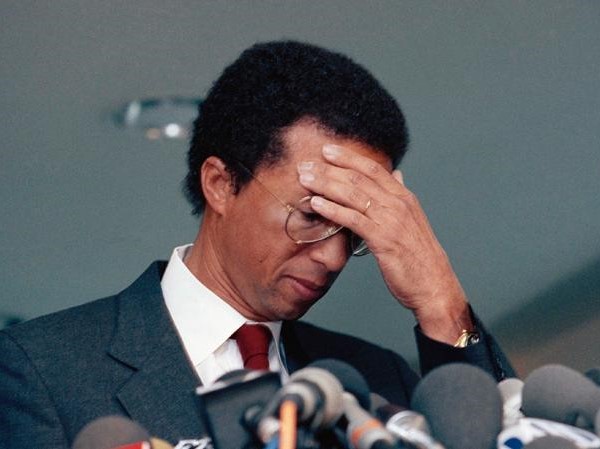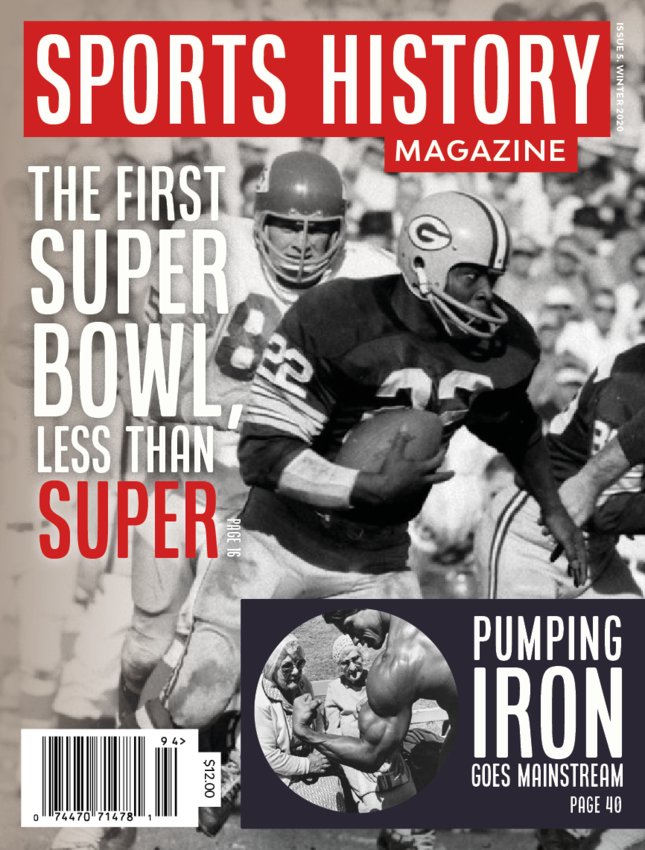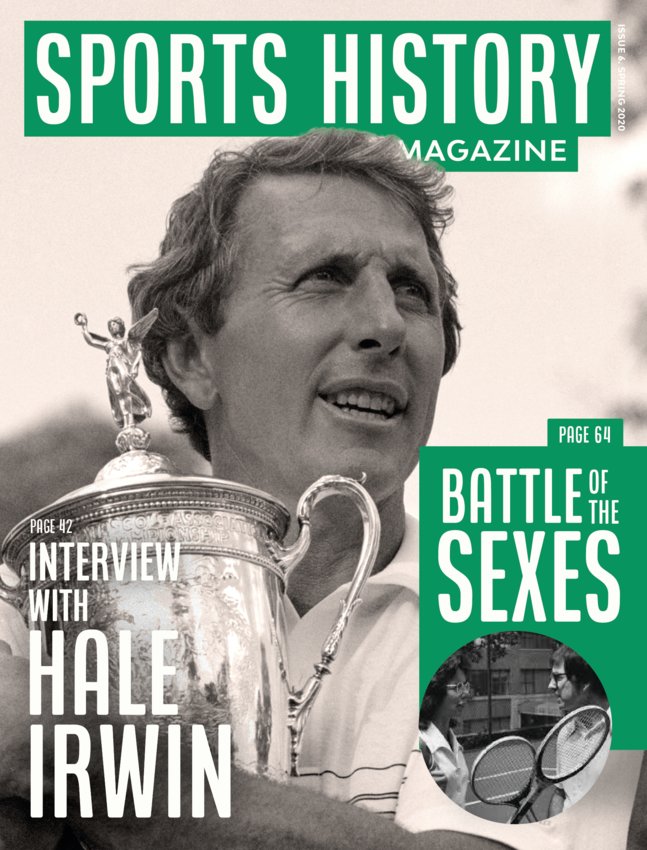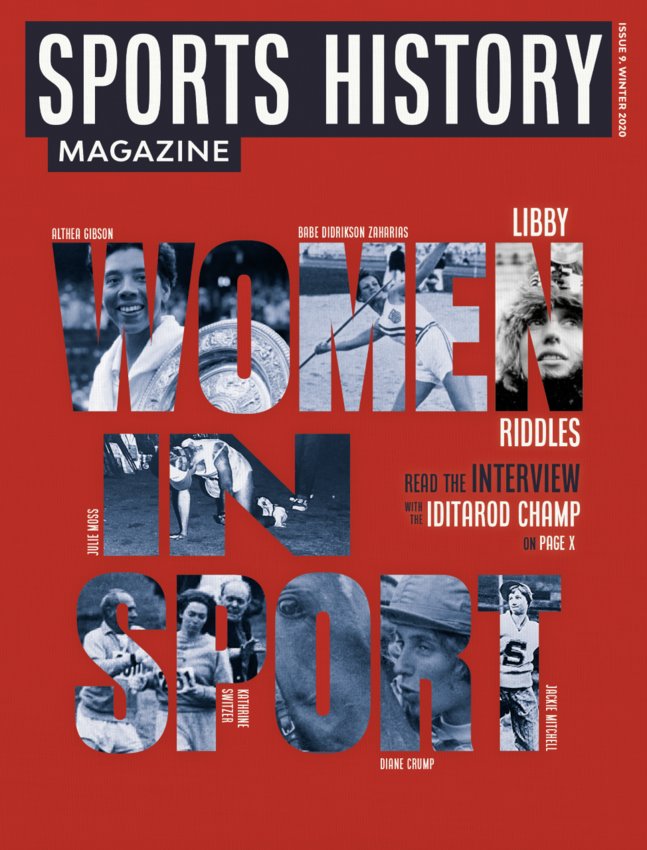The King And I- A Personal Essay
Twenty-five years ago, Arthur Ashe graced the cover of Sports Illustrated and was named “Sportsman of The Year”. Weeks later, the tennis star would die from HIV infection at the age of 49.
I grew up in the 1960's when sports and social issues were intertwined. It wasn't until 1964 that the Civil Rights Act became law. The Voting Rights Act followed a year later.
Against this backdrop, Muhammad Ali lost his heavyweight championship title in 1967 for refusing to be inducted into the armed services. In 1968, U.S. Olympians Tommie Smith and John Carlos raised their black-gloved fists during the ceremony, an image that remains iconic.
This is the crucible I was raised in. Athletes were social activists. Arthur Ashe was born in the heart of the Confederacy and raised under racist Jim Crow laws. With this background, he would become the most articulate social activist/athlete ever.
In 1975, a friend told me Arthur's telephone number was listed in the Manhattan directory. I looked it up and called him. We would talk about a myriad of subjects when he was in town. He would tell me when he'd return from playing a tournament, and that I should call him then.
At that time, he didn't know that I was a part of the "James Gang," the sobriquet I gave my friend and I, as we escorted Jimmy Connors around the staid grounds of the all-white—except for Arthur, who was a member of the West Side Tennis Club because he won the 1968 Open—tennis club at Forest Hills.
After Jimmy had just polished off Geoff Masters, his first-round opponent at the 1975 U.S. Open, I went on the court and he gave me his racquets. Underneath the stadium marquee, I saw Arthur Ashe in the wings, talking to someone, but he kept staring at me. His puzzled look made it plain that he was trying to figure out what Connors was doing with these two big, black guys. Still, he didn't know that I was the person he had been talking on the telephone.
Early in 1988, I conceived the idea of having Jimmy Connors and Ilie Nastase play in a benefit for David Dinkins' campaign for mayor of New York City. Afterwards, to spice it up I'd have Connors play Dinkins. After Connors and Nastase had agreed to play for free, we were able to secure John McEnroe Sr. to chair the event.
At the first meeting at Dinkins' 43rd Street campaign headquarters, Arthur was already sitting at the table when I arrived. We looked at each other and smiled. When I initially conceived the idea of the fundraiser, I ran it by him. He loved it, but didn't think I could get Connors to play for free since his exhibition fees were exorbitant. I felt with the smile he was saying, “Mission accomplished. You did it.” There was nothing quite like an Arthur Ashe smile.
After the meeting, Arthur and I walked up 7th Avenue to 59th Street. Politics dominated the conversation. He anticipated a close mayoral race but felt that a large black turnout meant victory for Dinkins.
The Dinkins event was a rousing success.
I remain ever-mindful of “King Arthur” and can never repay him directly, but as I help others, I am keeping the tradition alive and repaying him indirectly.
Doug Henderson is the author of “Endeavor To Persevere: A Memoir of Jimmy Connors, Arthur Ashe, Tennis & Life” FOR SALE ON OUR SITE. Doug lives in New York City and is active in social services, nonprofits, and youth development.
Arthur Ashe, ATP, David Dinkins










